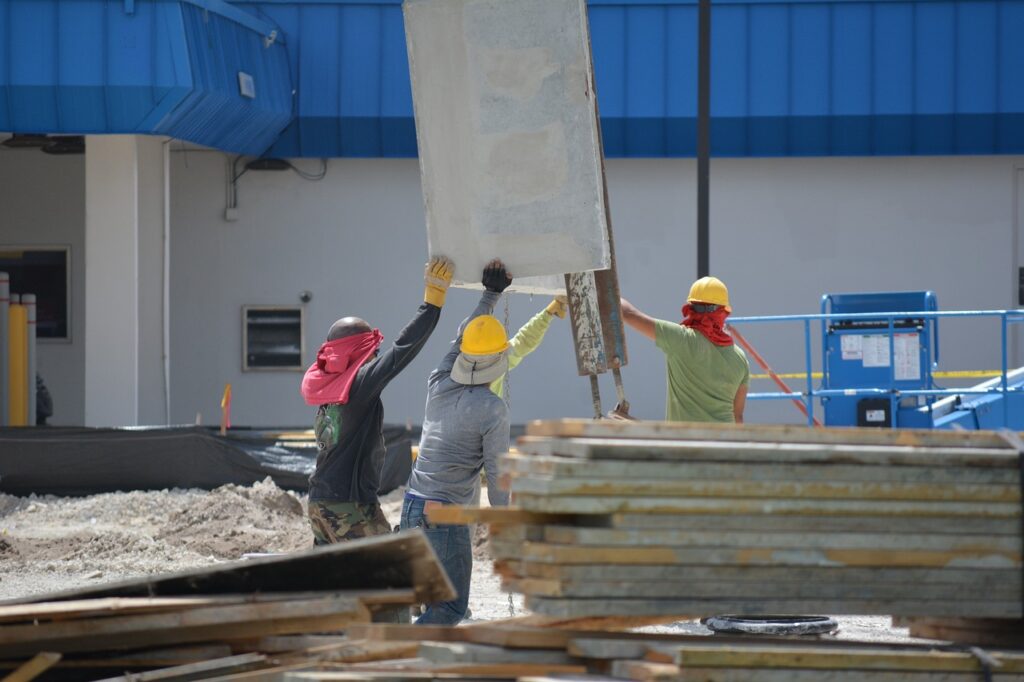
Centring in Modern Sustainable Construction: Trends and Innovations
Sustainable construction is no longer just an industry buzzword; it has become a guiding principle for many builders and architects today. With environmental concerns rising and regulations tightening, the focus on eco-friendly building practices has intensified. One crucial aspect of this shift is how centring, or formwork, is being adapted to meet the demands of sustainability. In this blog, we’ll discuss centring in modern sustainable construction: trends and innovations that are reshaping the future of building.
1. The Shift Toward Reusable Formwork
One of the most significant trends in centring in modern sustainable construction: trends and innovations is the move toward reusable formwork materials. Traditional formwork, often made of timber, is generally used only once before being discarded. This leads to enormous waste, especially in large-scale projects. However, modern formwork materials such as steel, aluminum, and plastic have proven to be more sustainable. These materials can be reused multiple times, drastically reducing the need for new resources.
The ability to reuse formwork not only minimizes waste but also cuts down on project costs. This trend has been embraced by construction companies that prioritize sustainability, as it aligns with green building certifications such as LEED (Leadership in Energy and Environmental Design). Additionally, using durable materials reduces the environmental impact associated with the disposal of traditional, non-recyclable formwork.
2. Prefabrication and Modular Formwork Systems
Another innovation in centring in modern sustainable construction: trends and innovations is the increasing use of prefabrication and modular formwork systems. These systems are created off-site in controlled environments, ensuring precision and reducing waste during production. Once completed, they are transported to the construction site, where they can be easily assembled.
This approach not only accelerates the building process but also improves sustainability by reducing the amount of raw materials wasted during formwork construction. Modular formwork systems are often designed to fit a wide variety of projects, making them highly versatile and reusable. Moreover, by streamlining the process, prefabrication lowers the carbon footprint associated with transportation and on-site work.
3. Eco-Friendly Materials for Centring
Sustainable materials have become a focal point of centring in modern sustainable construction: trends and innovations. As the industry looks for ways to reduce its environmental impact, innovative materials that are biodegradable or recyclable are gaining traction. For example, researchers are developing formwork made from bio-based polymers or recycled plastic that offer the same durability and flexibility as conventional materials, but with a much smaller ecological footprint.
These eco-friendly materials reduce the reliance on virgin resources, helping to lower the overall carbon emissions of a project. Additionally, many of these materials can be broken down and reused in future projects, further supporting the principles of a circular economy.
4. Digital Design and 3D Printing
The rise of digital design and 3D printing technology has revolutionized centring in modern sustainable construction: trends and innovations. With the help of advanced software, engineers can now create detailed digital models of formwork systems before they are constructed. This allows for better planning, minimizing material waste and reducing errors on-site.
3D printing is another exciting development. It enables the creation of complex, custom-designed centring systems with a level of precision that was previously difficult to achieve. By using only the necessary amount of material, 3D printing eliminates much of the waste that occurs in traditional formwork production. Additionally, 3D-printed formwork can be made from sustainable materials, making it an environmentally friendly solution for modern construction projects.
5. The Role of Automation and Robotics
Automation and robotics are also playing a significant role in centring in modern sustainable construction: trends and innovations. Automated systems can now be used to design, assemble, and disassemble centring systems with minimal human intervention. This reduces labor costs and increases precision, resulting in less material waste and fewer mistakes.
In addition to these benefits, robotic systems help create safer working conditions by taking on dangerous tasks. By integrating automation into centring processes, construction companies can meet both efficiency and sustainability goals more effectively.
6. Energy-Efficient Processes
Sustainability isn’t just about materials; it’s also about energy efficiency throughout the construction process. One way centring in modern sustainable construction: trends and innovations is contributing to this is through energy-efficient manufacturing and assembly techniques. For example, many modern formwork systems are designed to require less energy during their production and transportation phases.
Additionally, energy-efficient methods like prefabrication and 3D printing reduce the need for heavy machinery and manual labor on-site. By reducing energy consumption at multiple stages, these processes align with the goals of sustainable construction and lower the environmental impact of the project.
Conclusion
In conclusion, centring in modern sustainable construction: trends and innovations is driving the industry toward more efficient, eco-friendly practices. The shift toward reusable and recyclable materials, combined with advancements in technology like 3D printing and robotics, is transforming how formwork is designed, produced, and used. These innovations not only reduce waste and costs but also promote safer, faster, and more sustainable construction processes.
As the demand for green building solutions continues to rise, the construction industry must continue to innovate and adapt. Centring, though often overlooked, is proving to be a key area where significant sustainability gains can be made. By embracing these trends and innovations, builders can contribute to a more environmentally responsible future, meeting both the needs of today and the challenges of tomorrow.

